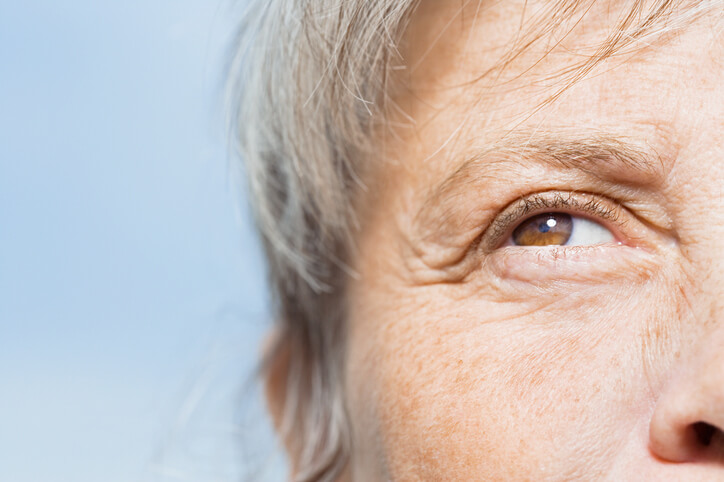Home » Blog » SGNF’s Low Vision Clinic – Here to Help
SGNF’s Low Vision Clinic – Here to Help
Posted by: South Georgia / North Florida Eye Partners in News


Low vision can be caused from eye diseases such as macular degeneration, glaucoma, diabetic retinopathy and retinitis pigmentosa. Other sources include eye injuries, cancer of the eye, albinism or a brain injury. Normal aging of the eye does not lead to low vision; therefore, it is important to have regular medical eye exams by an ophthalmologist to diagnose eye diseases, treat those that can be helped, and start the process of vision rehabilitation for people with low vision.
At South Georgia/ North Florida Eye Partners, we host a Low Vision Clinic to assist those in our community with vision problems at little to no cost. Our goal is to help patients maximize their remaining vision and maintain an independent quality of life through access to numerous tools, techniques and resources including low vision aids and low vision rehabilitation services.
Some examples of low vision aids include:
- Making things brighter through improving lighting, reducing glare and increasing contrast.
- Making things bigger by sitting closer to the TV or purchasing low vision magnifiers. Using large-print checks, playing cards, crosswords, TV remotes and books are also recommended.
- Using electronic books, e-readers or audio books instead of printed books. Talking watches, clocks, calculators, glucometers and computers are also helpful.
- Organizing your home and labeling things clearly.
If you have questions concerning low vision assessment, access to low vision aids or low vision rehabilitation, contact us to set up a consultation today.
Source: GetEyeSmart.org, eye health information from the American Academy of Ophthalmology
